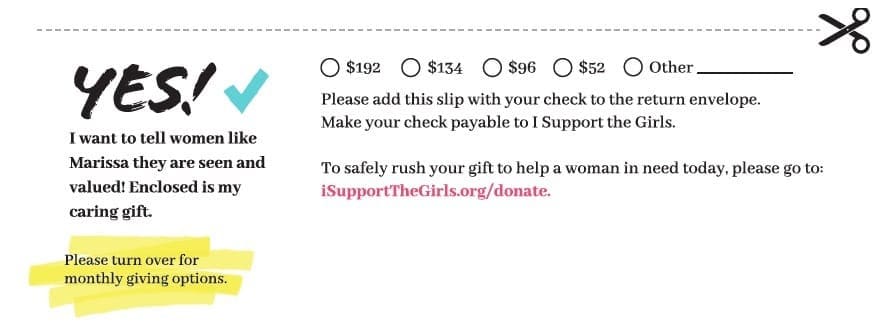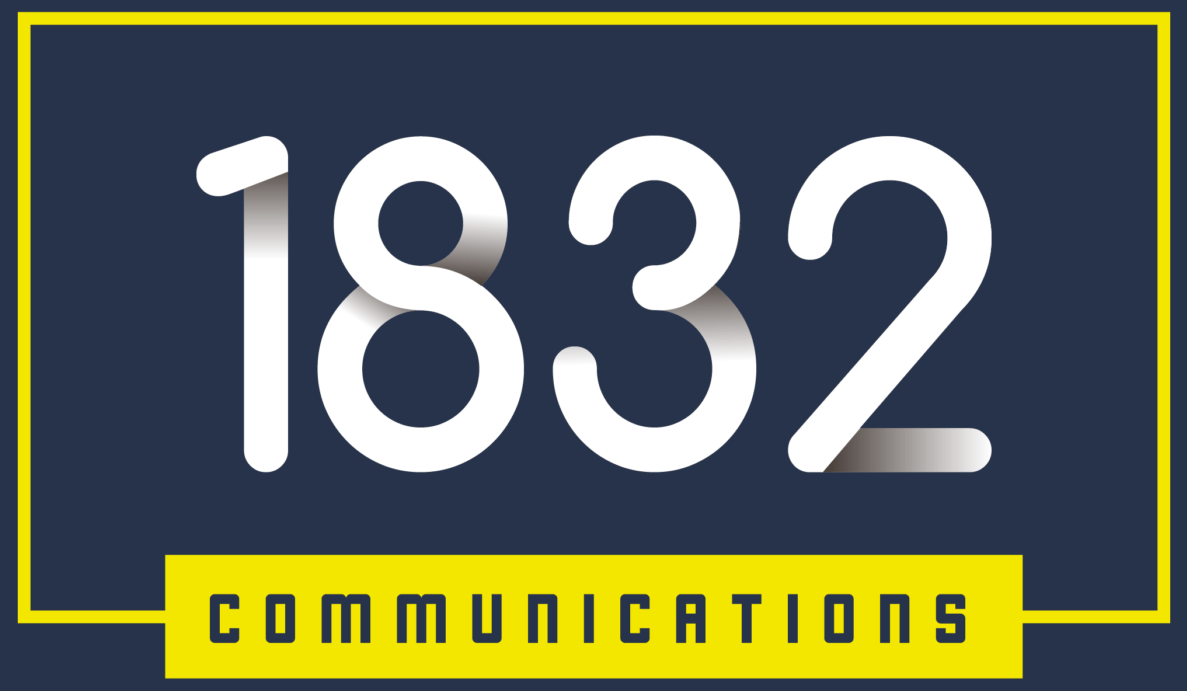My two favorite hashtags are #AlwaysBeLearning and #AlwaysBeTesting. To move forward and to grow, we need to experiment and test to know what works and what doesn’t.
That applies to life, business and yes, nonprofits.
But bring up the issue of testing something to see the results and most nonprofits will shy away. Some will voice fierce opposition to testing something new.
If I were to ask how many of you heard during your nonprofit career “but we’ve always done it this way” I’m pretty sure the positive response rate would be well north of 50%.
Because so many organizations live in poverty/scarcity mindset, they are risk averse. They won’t test because they could lose money. And since the almighty dollar rules, we can’t risk losing even a dollar.
To which I always respond: But what if it turns out you tested and it succeeded? It helped you surpass your goals? By not testing you won’t know!
If your organization wants to go from survival to thrival, you MUST include testing within your fundraising and marketing plan. It will help you understand your audience better. Know what that will lead to?
Building better relationships. What does that lead to?
A boost in retention and lifetime giving. What does that lead to?
More people served and greater impact in the community.
Who doesn’t want that?!
Let’s talk about testing and the year-end campaign you’re working on.
Test to surpass your year-end goal
Let’s start with what’s working:
If parts of past year-end campaigns have worked well, then repetition can save you time and money.
And by all means, repeat those direct mail letters and emails the following year! (Take a look at this great post about what to repeat with your year-end campaigns.)
But I wanna share with you three tests you should consider for your 2025 year-end campaign: Two related to direct mail and one to email.
1️⃣ Take a look at this envelope:

I managed that organization’s year-end campaign for six years. At the outset they wanted a standard envelope in white and nothing on the front besides address and return address. Over the years I convinced them to spend a little more money each year and try something new.
Why? Because the outer envelope has ONE goal: To get people to open it. Spend all the time you want on the letter copy but if a person doesn’t open the envelope…
The above image shows three things I recommended testing so the envelope would stand out in someone’s mailbox and boost the number of envelope opens:
- A different envelope size than the standard
- A color other than white (pink is one of their branded colors)
- A message along the bottom (“Thanks for the bra!” creates curiosity. People wanna open and find out what it’s referring to)
Outcome: Their year-end campaigns consistently had an ROI of 350-500%. That means that the total money raised at year-end was 350-500% MORE than what it cost them to print and send!
2️⃣ In addition to doing testing on the envelope, I suggested some testing with the actual letter. One year here’s what we decided to do along the bottom of the letter:

On the back side was an appeal to become a monthly giver. The goals were to:
- Encourage people to donate online instead of sending in a check (we put the website URL for the online donation form on this “tear off” in pink)
- Encourage more people to become monthly donors
With another nonprofit I worked with, I suggested they add a QR code on the direct mail reply card. The QR code would link to the organization’s online donation form- an easy way to mobilize people to donate online.
Both of the above are easy tests you should consider.
3️⃣ For email, I’d like you to consider testing your subject line.
You can conduct two tests:
- Use the subscriber’s first name in the subject line (can lead to a boost of up to 50% in open rate)
- Test two different subject lines
You’ll be sending multiple emails for your year-end campaign.
Let’s say you have 1,000 subscribers. With the first email of the campaign send subject line A to 500 subscribers and subject line B to the other half.
Give it 24-48 hours before checking for “final” data. See which email had a higher open rate and which email had a higher click thru rate. Now you know which subject line works best which means that for subsequent emails you can use the winning subject line once or twice more to boost opens, click thrus and conversions.
(And if you’re gonna say: But Ephraim, you told us that open rate is a vanity metric and is unreliable! My response: 🎯 But in this case I will look at it to see which subject line caused more people to open the email. It won’t be exact but the ballpark figure will be good enough.)
Do the same as above with adding or not adding the person’s first name in the subject line.
With email you can also test:
- Image used in the email
- Parts of the content
- The verbiage of the CTA button
Here’s the point: Yes, testing can be scary because you don’t know the results in advance. But by not testing (in a smart, thoughtful and calculated way based on best practices!) you’re potentially preventing your nonprofit from raising more and growing.
2025 is your year to test. Try one thing, review the results and make decisions based on data and feedback.
Use testing to help you surpass your year-end goal!
Fundraising expert T. Clay Buck, when discussing testing, quoted Australian poet Erin Hanson:
“What if I fall?” “Oh, but my darling, what if you fly?”

